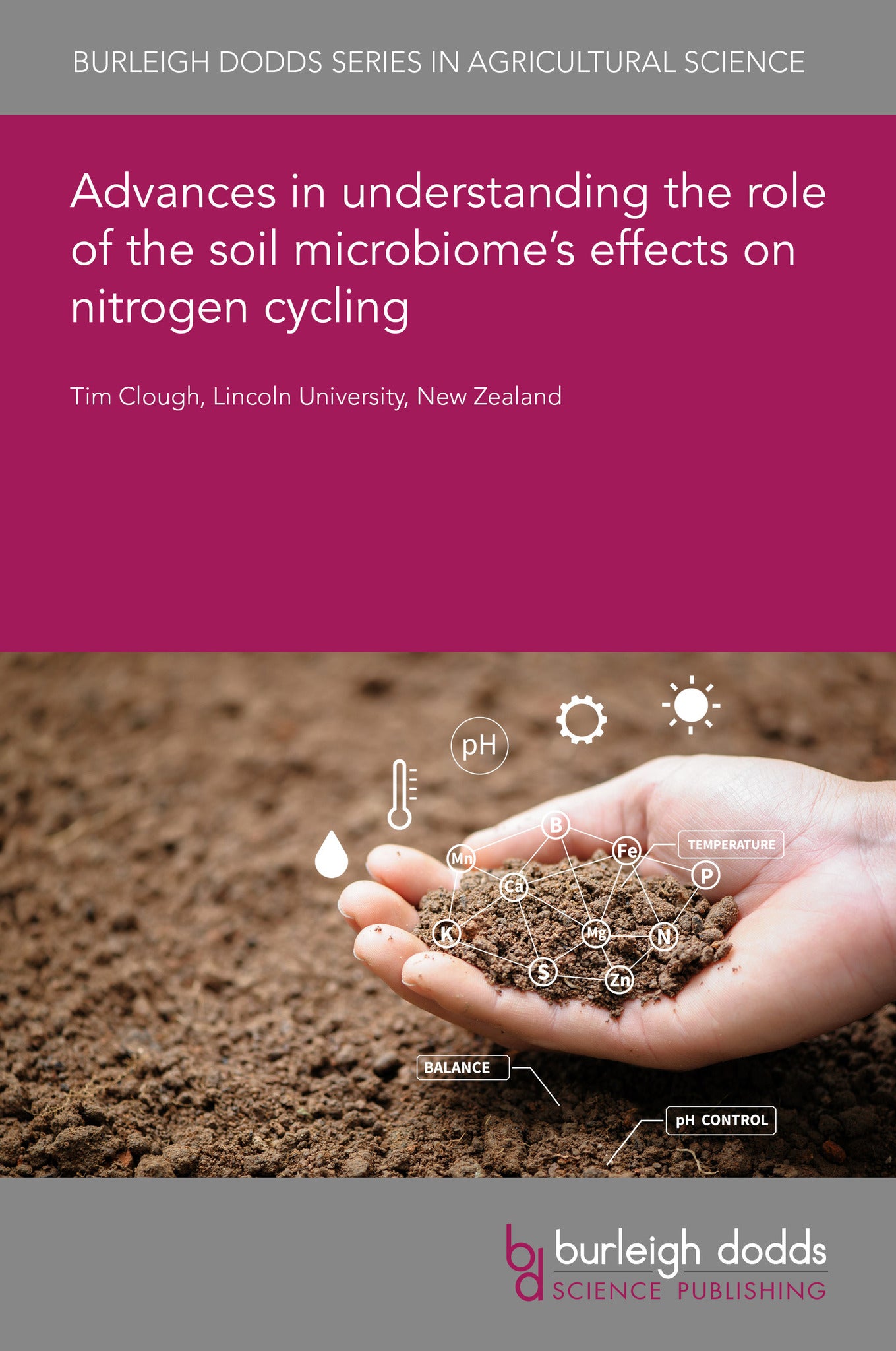We're sorry. An error has occurred
Please cancel or retry.
Advances in understanding the role of the soil microbiome’s effects on nitrogen cycling

Some error occured while loading the Quick View. Please close the Quick View and try reloading the page.
Couldn't load pickup availability
- Format:
-
29 May 2025

Understanding the soil microbiomes function is critical for the sustainable provision of food and fibre and the prevention of undesirable environmental impacts. Nitrogen, an essential element for agricultural production, is cycled through the soil-plant continuum by the soil microbiome. Discrete compartments within the soil, including the rhizosphere and detritusphere, function as hotspots for N cycling. Nitrogen cycling in the rhizosphere is affected by fertiliser use, tillage and plant selection. The rhizosphere offers an opportunity for plant-based management of N cycling via the use of tools such as biological nitrification inhibitors. The detritusphere is recognised as an equally important zone of N cycling, partially due to its effect on denitrification and greenhouse gas emission. Understanding of N cycling within mineral-associated organic matter has increased but will continue to be an important research topic along with the effects of viruses on microbial turnover and associated impacts on nutrient cycling.

TECHNOLOGY & ENGINEERING / Agriculture / Agronomy / Soil Science, Soil science and management, TECHNOLOGY & ENGINEERING / Agriculture / Agronomy / Crop Science, TECHNOLOGY & ENGINEERING / Agriculture / Sustainable Agriculture, Agronomy and crop production, Sustainable agriculture

- 1 Introduction
- 2 The rhizosphere
- 3 The detritusphere
- 4 Bulk soil
- 5 Nitrogen cycling and the rhizosphere
- 6 Nitrogen cycling and the detritusphere
- 7 Conclusion and future trends
- 8 Where to look for further information
- 9 References



